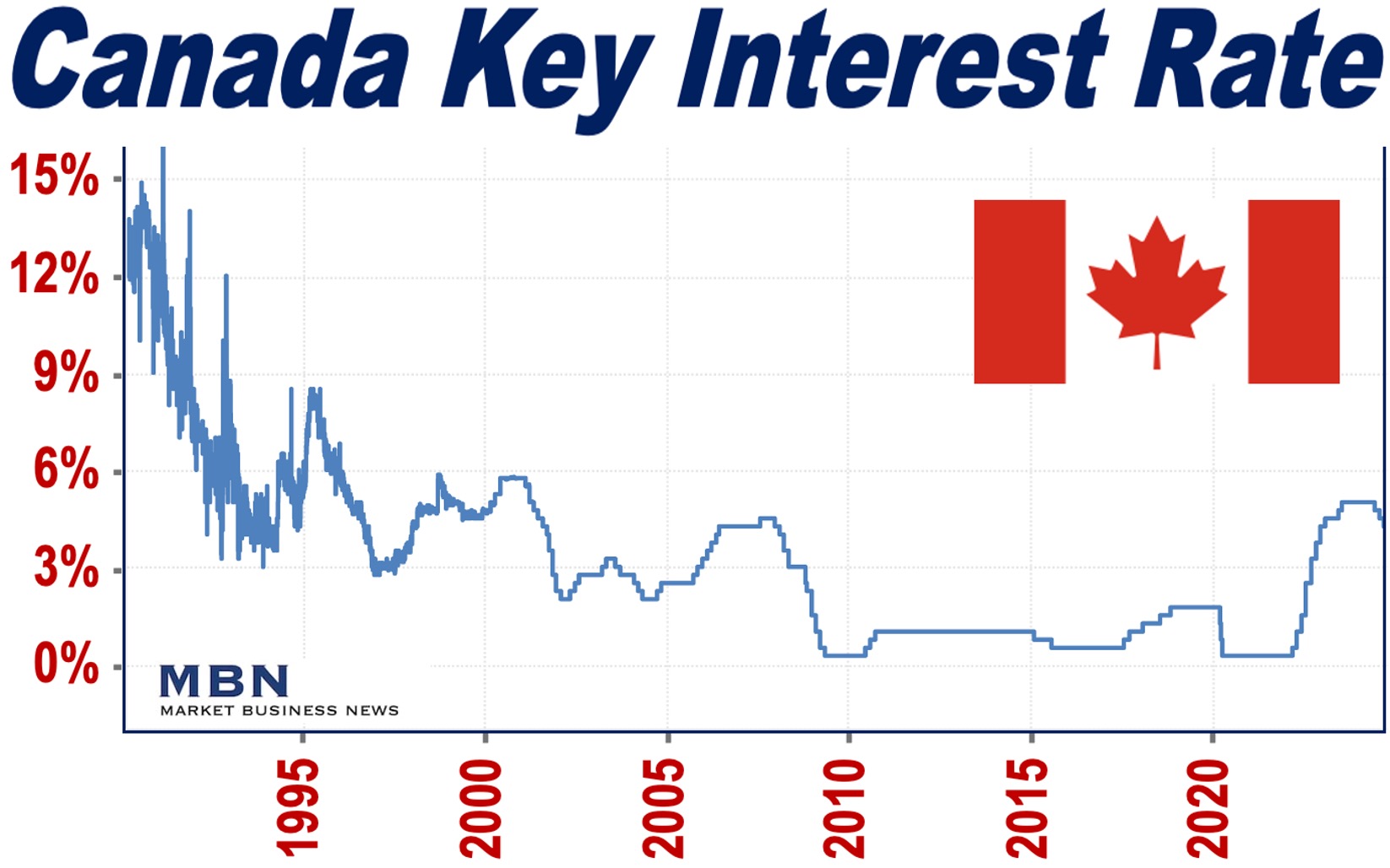The Bank of Canada is currently considering different strategies regarding interest rate cuts as it navigates the challenges posed by both the Canadian economy and inflation.
Recent deliberations from the central bank show that there are mixed opinions within the governing council on the best way forward.
These discussions reveal two potential paths:
- Faster rate cuts to address economic weakness.
- A slower approach if the economy shows signs of recovery.
Diverging Views on Inflation Risks
In early September, the Bank of Canada lowered its policy interest rate to 4.25%, and further cuts may follow.
However, officials are divided on the balance of risks related to inflation. Some members believe that ongoing weakness in the economy and the labor market could justify faster rate reductions.
On the other hand, others argue that the economy, particularly the housing sector, might recover more quickly than expected, which could lead to a slower pace of cuts to avoid overheating.

Inflation Hits Target, But Concerns Remain
Statistics Canada recently reported that inflation rose by 2% in August, hitting the Bank of Canada’s target for the first time in two years.
This marks a significant shift in the bank’s outlook, with many experts, including Jimmy Jean, chief economist at Desjardins Group, suggesting that the central bank’s *monetary policy may now be too restrictive.
* Monetary Policy refers to the decisions that a central bank makes to manage the money supply, make sure inflation is on target, and steer the economy in the right direction.
Jean argues that the risk of further inflationary pressure has diminished and points to signs of economic slack, indicating that a faster return to a neutral interest rate is needed. He predicts a 50-basis-point rate cut in October, with additional reductions in December and into 2025.
Economic Weakness Spurs Calls for Faster Cuts
The Bank of Canada’s internal discussions reflect this growing concern over the economic outlook. While some policymakers are still cautious about inflation risks in the housing and service sectors, others are increasingly worried about sluggish growth and job market weaknesses.
With discretionary spending on the decline and GDP growth tracking below expectations, the central bank may need to act more decisively.
Household Savings and Consumer Behavior in Focus
One area of concern highlighted by officials is the high savings rate among Canadian households. This suggests that consumers are holding back on major purchases, possibly waiting for a lower interest rate or preparing for higher mortgage payments when renewals come due.
This behavior may be contributing to ongoing weakness in the housing market and overall consumption, factors the bank will closely monitor as it makes future policy decisions.
Next Steps: October Rate Cut Predictions
Looking ahead, the next interest rate announcement is scheduled for October, and many traders are already betting on a more aggressive rate cut. With inflation now under control, the central bank’s focus is shifting to supporting economic growth and ensuring that the job market does not deteriorate further.
